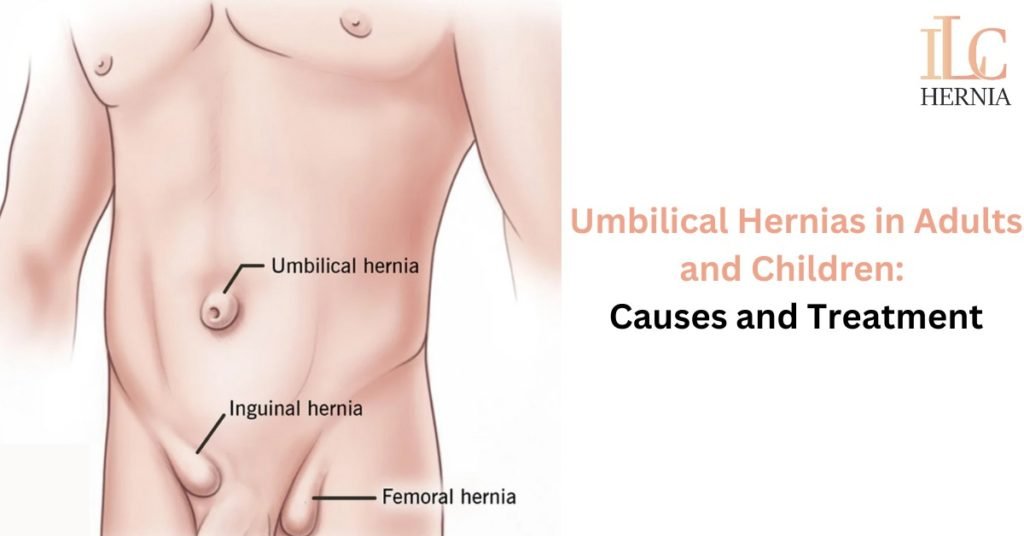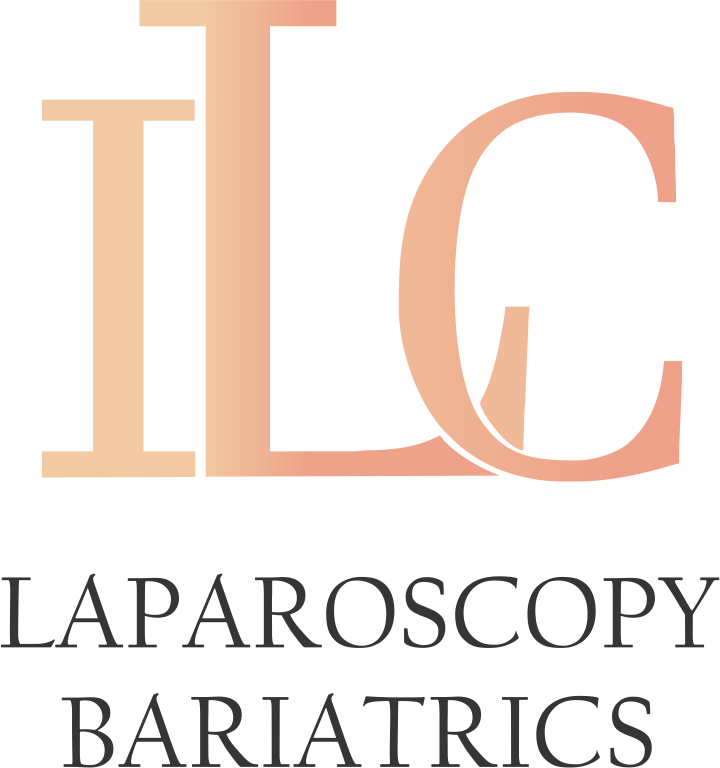Umbilical hernias are a common type of hernia that can affect both adults and children. They occur when a portion of the intestine or abdominal tissue protrudes through a weakened area near the navel. Understanding the causes and treatment options for umbilical hernias is crucial for effective management. In this article, we will explore the causes of umbilical hernias in both adults and children and discuss the available treatment options.
1. Causes of Umbilical Hernias:
Congenital Weakness: In infants, umbilical hernias often occur due to a natural weakness in the abdominal wall at the site of the umbilical cord. This weakness can persist after birth, leading to herniation.
Pregnancy and Obesity: In adults, umbilical hernias can develop due to increased abdominal pressure caused by factors such as pregnancy or obesity. These conditions strain the abdominal muscles, leading to a weakening of the tissue around the navel.
2. Umbilical Hernia Treatment:
1. Watchful Waiting:
- In many cases, umbilical hernias in infants may resolve on their own as the abdominal muscles strengthen over time. Watchful waiting involves monitoring the hernia and ensuring there are no complications or worsening symptoms.
2. Conservative Management:
- For both adults and children, mild umbilical hernias that are not causing significant discomfort or complications can be managed conservatively.
- This includes avoiding activities that place excessive strain on the abdomen, maintaining a healthy weight, and wearing a supportive abdominal binder.
3. Surgical Repair:
- Surgical repair is typically recommended for umbilical hernias that do not resolve on their own, cause pain or discomfort, or increase in size.
- In children, surgical repair is usually considered if the hernia persists beyond the age of 3-4 years or if it becomes incarcerated (trapped).
- In adults, surgery may be recommended based on the size of the hernia, the presence of symptoms, or the risk of complications such as strangulation.
4. Surgical Techniques:
- Umbilical hernia repair surgery can be performed using open or laparoscopic techniques, depending on the specific case and surgeon’s preference.
- Open surgery involves making an incision near the hernia, repairing the weakened abdominal wall, and placing sutures or a mesh to reinforce the area.
- Laparoscopic surgery involves making several small incisions and using a camera and specialized surgical instruments to repair the hernia.
Conclusion:
Umbilical hernias can occur in both adults and children and understanding their causes and treatment options is essential for effective management. While some umbilical hernias in infants may resolve on their own, watchful waiting and conservative measures can be employed. Surgical repair is typically recommended for persistent or symptomatic hernias in adults and children. Surgical techniques such as open repair or laparoscopic surgery are used to reinforce the weakened abdominal wall and prevent hernia recurrence. Consult with a healthcare professional for umbilical hernia surgery in Indore and get personalized treatment plans, and guidance on managing umbilical hernias in adults and children.






